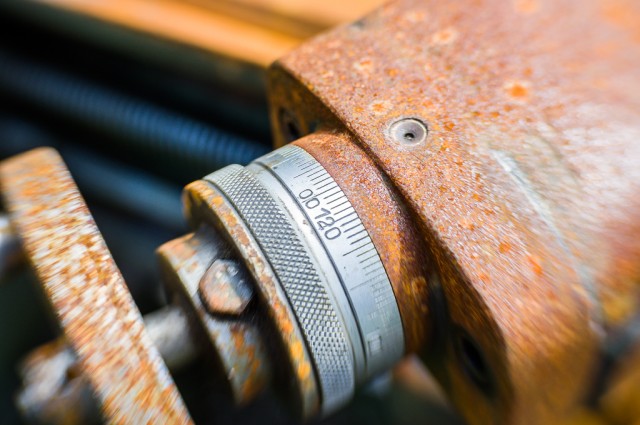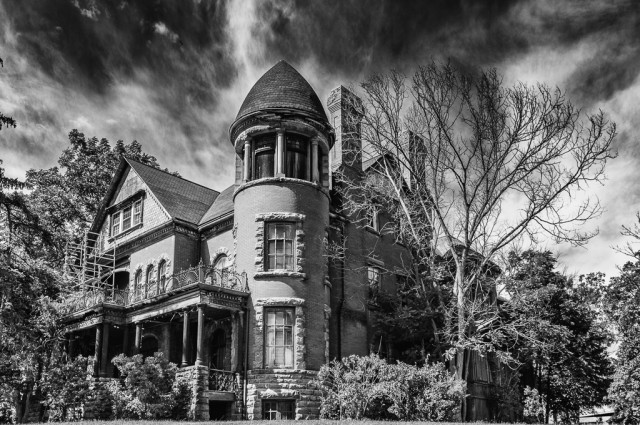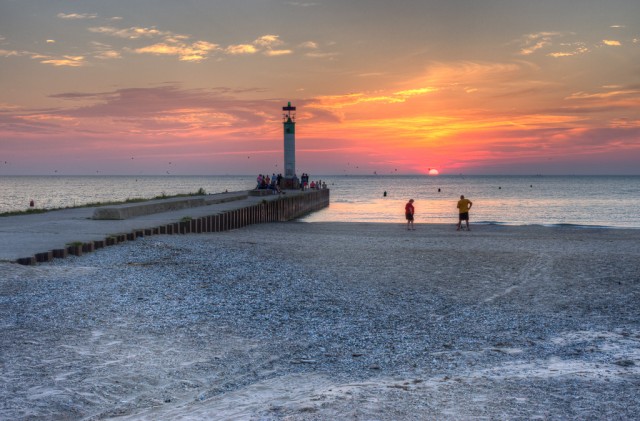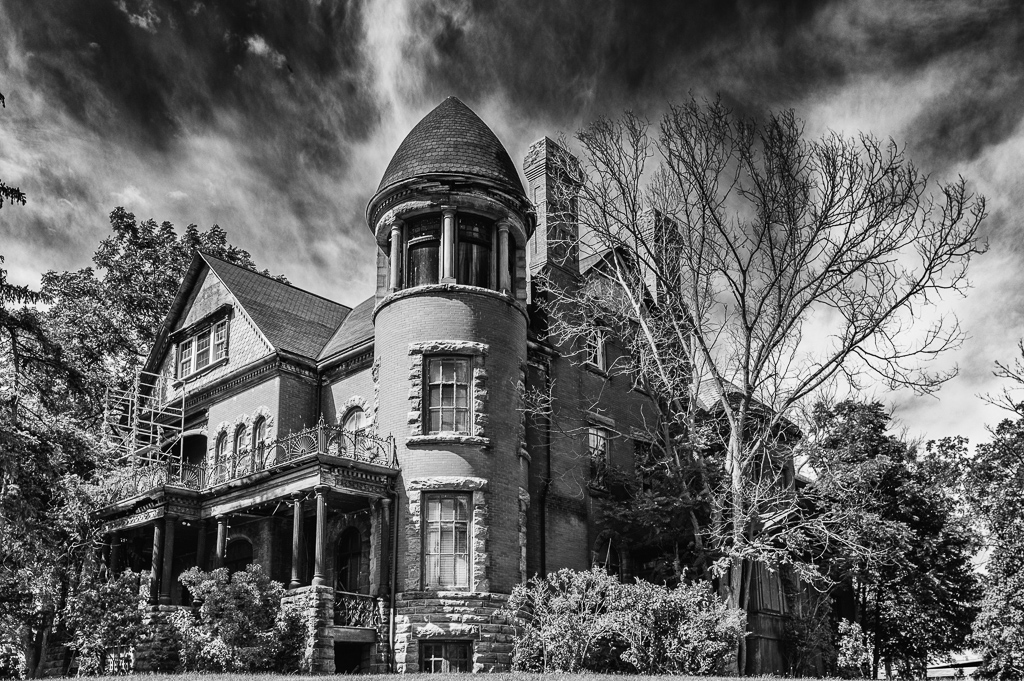This is a blog posting that is long overdue! Come to think of it, this is perhaps one of the longest intervals I’ve had since my last post. Better late than never, but it was for a good cause. I’ve been busy with friends, social events, motorcycling and more photography to be posted here.
On the long weekend of September 1st, I rode out to London, Ontario to visit my brother and we used the opportunity to visit and photograph the town of Petrolia and the village of Oil Springs. These are towns that grew out of a mini “oil boom” that happened in southern Ontario at the turn of the 20th century, well before the automobile was commonplace. The oil was used primarily for asphalt to pave roads for horse and buggy. Apparently there are still some oil wells in use today in Petrolia.
Some history on Petrolia from Wikipedia:
In 1857 James Miller Williams of Hamilton began distilling some of the “tar” lying around Oil Springs (located a few kilometers south from Petrolia), after buying the property rights from Charles Nelson Tripp. In July or August 1858 he struck an oil deposit in Oil Springs while digging a shallow well, sparking the oil drilling industry. However, these early wells resulted in a large amount of wastage from gushers, estimated at 5 million barrels (790,000 m3) of oil in 1862 alone.
Petrolia got its start in 1866 when a major oil well was found, resulting in an oil boom that caused many to abandon Oil Springs in favour of this new settlement. The place separated from Enniskillen Township and was incorporated as a town on December 25 of that same year.[6]
Oil production went through several boom periods in Petrolia, one was in 1898 and another in 1938. Some wells sunk in 1938 were initially producing 100 barrels per day (16 m3/d) at a price of $2 per barrel. This output, however, often lasted only a few weeks, falling to less than a barrel a day.
After arriving in Petrolia, we ate lunch at a local “Ma and Pa” restaurant and then went about the town to shoot a few photos. Unfortunately, the oil museum was already closed for the season. Although my brother and I got to see precious little of the oil history in Petrolia, we were rewarded with a fall festival and the town was festooned with all kinds of crafty straw stuffed figures.

A casual walk around town offered up some old buildings and ancient machinery which made for some interesting photos. One gets the sense that these machines are really old and have been in use for several decades and only now are being retired.

We also went down the street and photographed an old mansion.

The next stop was Oil Springs and there we were able to see some of the original oil field equipment. The kind of standard issue wells that you see in those old western movies when there’s a gusher. A bit of history on Oil Springs from Wikipedia:
The place, originally called Black Creek, became the site of North America’s first commercial oil well when asphalt producer James Miller Williams set out to dig a water well in 1858 and found free oil instead.
Williams’ discovery triggered North America’s first oil rush and the village’s name was changed to Oil Springs that same year. Within a few years, Oil Springs was a bustling town with four thousand residents and in its peak days boasted paved roads, horse-drawn buses and street lamps.
John Henry Fairbank, a surveyor turned oil man who came to Oil Springs in 1861, bought some property and despite incurring debts and suffering family tragedies, Fairbank struck it rich, founding the successful Fairbank Oil Company that is now the oldest petroleum company in the world. He also invented the jerker line, a method used to pump oil to the surface from multiple wells using a shared steam engine. Jerker lines are still used to pump oil in Oil Springs today.
On January 16, 1862, Hugh Nixon Shaw using a springboard to chip through rock, created Canada’s first oil gusher (located on Gypsie Flats Road). It shot oil from over 60 metres (200 ft) below ground to above the treetops at a rate of 3000 barrels per day. A year later, a plank road was built from Oil Springs to Wyoming rail station.
In 1914, Charles Fairbank, son of John Henry, found a gas gusher in Oil Springs that was deemed the biggest gusher in Canada.
In the 1930s, a fire destroyed all of the original oil rigs on the William’s property and by 1974, the last receiving station of Imperial Oil closed.
After meandering around the well at Oil Springs, we drove around the area and found a farmstead with some beautiful old tractors and cars on the premises.
We ended our day on the shores of lake Huron, ate some bar food and watched the proverbial sunset.

I shot all these photos with my Pentax K-3, some primes and a lensbaby.

